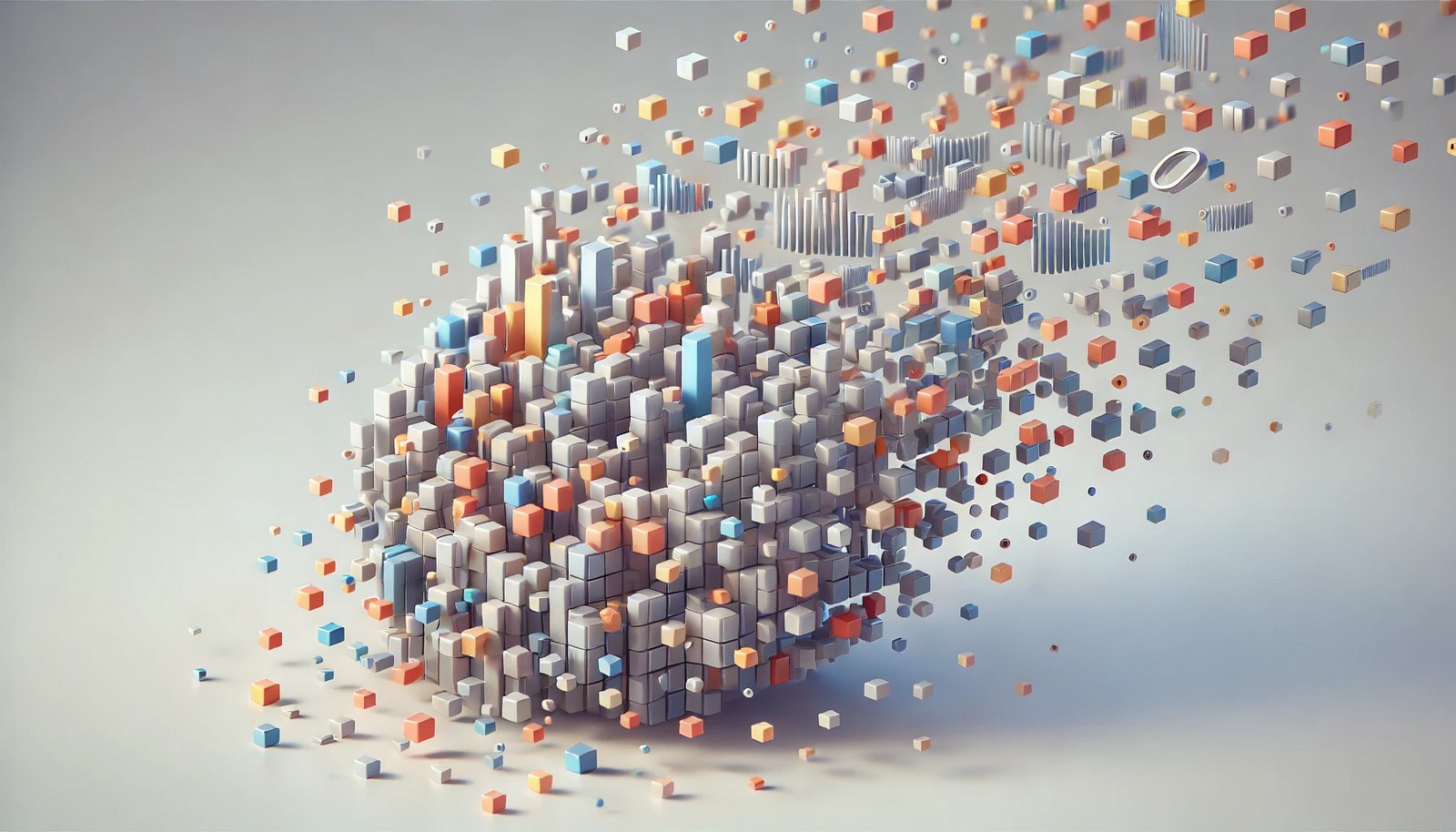Data Shuffling

Quick Navigation:
- Data Shuffling Definition
- Data Shuffling Explained Easy
- Data Shuffling Origin
- Data Shuffling Etymology
- Data Shuffling Usage Trends
- Data Shuffling Usage
- Data Shuffling Examples in Context
- Data Shuffling FAQ
- Data Shuffling Related Words
Data Shuffling Definition
Data shuffling is a data preprocessing technique used primarily in machine learning and data science. It involves rearranging the entries in a dataset randomly to remove any order or sequence that might bias a learning model. By shuffling data, algorithms are exposed to varied examples across iterations, leading to more generalized learning. This technique is commonly applied during model training, particularly in tasks involving neural networks, to prevent models from learning patterns that are not representative of the real-world scenario.
Data Shuffling Explained Easy
Imagine you’re sorting a deck of cards. If you always play with the cards in the same order, you might get good at predicting the sequence. But if you shuffle the deck, you keep things random, which makes the game fairer. Data shuffling works in a similar way by mixing data so models don’t memorize an order but learn better overall patterns.
Data Shuffling Origin
The technique of shuffling data arose with the need to improve the accuracy and reliability of predictive models. Early data scientists recognized that without shuffling, models would often perform poorly on new data due to overfitting. As machine learning evolved, shuffling became a standard practice in data handling.
Data Shuffling Etymology
The term “data shuffling” originates from the word "shuffle," which means to mix or reorganize randomly. In computing, it refers to the random reordering of elements in a data structure.
Data Shuffling Usage Trends
Data shuffling has become increasingly popular in recent years due to the rise of large-scale machine learning applications. As models and datasets grow in complexity, shuffling helps prevent biases that might arise from data ordering. With growing awareness around data quality, shuffling is widely applied in sectors like finance, healthcare, and autonomous technology.
Data Shuffling Usage
- Formal/Technical Tagging:
- Data Processing
- Machine Learning
- Data Science
- Randomization - Typical Collocations:
- "shuffle the data"
- "data shuffling technique"
- "shuffling step in training"
Data Shuffling Examples in Context
- Data shuffling helps prevent neural networks from overfitting by introducing varied data order in each epoch.
- During image classification training, shuffling data batches ensures diverse examples for each model iteration.
- Many machine learning libraries include built-in functions for efficient data shuffling before training.
Data Shuffling FAQ
- What is data shuffling in machine learning?
Data shuffling rearranges dataset entries randomly before each model training iteration to reduce biases. - Why is data shuffling necessary?
It helps prevent models from learning unintended order-based patterns, leading to more generalized performance. - How does data shuffling improve training?
It exposes models to varied data combinations, promoting robustness and reducing the risk of overfitting. - Is data shuffling used in every machine learning task?
While it’s common in tasks with iterative training, it may be less relevant in static datasets or non-iterative tasks. - How is data shuffling different from data augmentation?
Shuffling rearranges existing data; augmentation creates new data samples by modifying the original data. - What are typical methods for data shuffling?
Techniques include random sampling, batch shuffling, and in-place shuffling within arrays. - Does data shuffling affect model accuracy?
Yes, it generally improves accuracy by minimizing bias from data order. - Can data shuffling be automated?
Many frameworks, like TensorFlow and PyTorch, include automated data shuffling options. - What is the impact of not shuffling data?
Not shuffling can lead to overfitting and poor model performance on new data. - How does data shuffling apply to time-series data?
In time-series, shuffling may distort temporal dependencies, so alternative strategies like windowing are preferred.
Data Shuffling Related Words
- Categories/Topics:
- Machine Learning
- Data Processing
- Data Preprocessing
- Model Training
Did you know?
Data shuffling is crucial in deep learning, especially for models trained over multiple epochs. Without it, models might start memorizing the sequence of data, leading to poor generalization. Some researchers have found that even the order in which data is shuffled can slightly impact learning outcomes in sensitive models.
PicDictionary.com is an online dictionary in pictures. If you have questions or suggestions, please reach out to us on WhatsApp or Twitter.Authors | Arjun Vishnu | @ArjunAndVishnu

I am Vishnu. I like AI, Linux, Single Board Computers, and Cloud Computing. I create the web & video content, and I also write for popular websites.
My younger brother, Arjun handles image & video editing. Together, we run a YouTube Channel that's focused on reviewing gadgets and explaining technology.



Comments powered by CComment